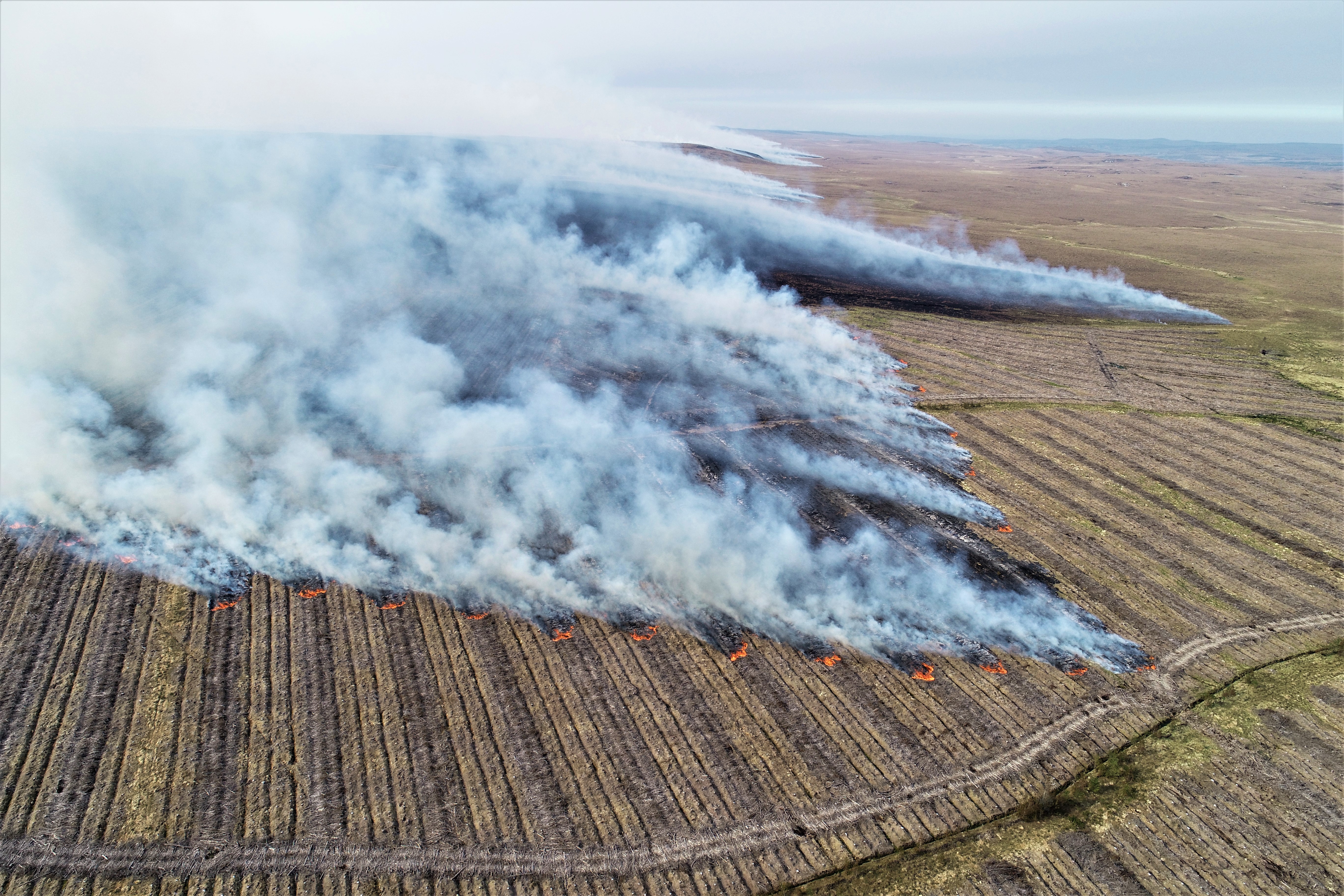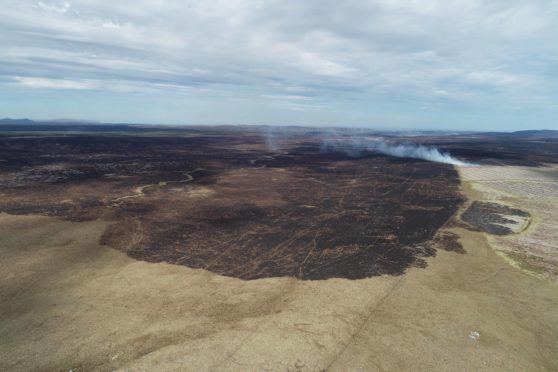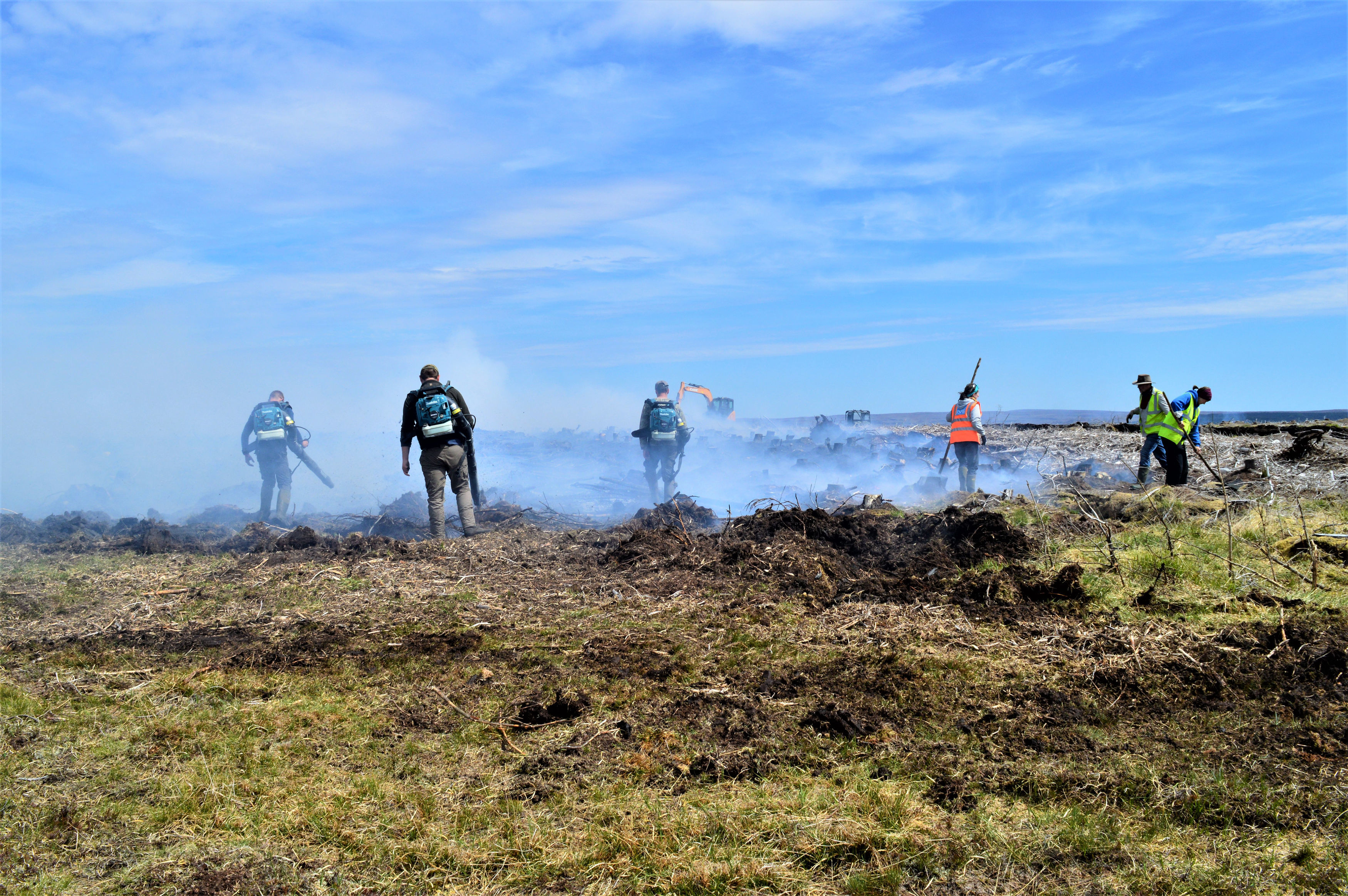Scientists from Aberdeen University will travel to the Falkland Islands as part of a £230,000 research project to help prevent peatland fires.
The project will use various techniques to study how the frequency, extent and intensity of burning affects the ability of peatland environments to store carbon.
The fire, which spread across an area of around 5,000 hectares of peat-rich land, took hold in May and led to calls to protect peatlands.
Dmitri Mauquoy and David Muirhead, from the university’s school of geosciences, will travel to the Falklands early next year as part of the project, which is funded by the Leverhulme Trust.
Mr Mauquoy said: “Because of climate change and human disturbance a lot of peatlands are burning more frequently, so we need to understand what this means in terms of the ability of peatlands to draw down carbon from the atmosphere.
“That is why we’re going to the Falkland Islands – half of the islands are peat covered but they’re also very dry, so we’re interested to see how peatlands function in the extremes of where they can form.
“In Scotland we expect to experience drier summers leading to more peat fires, and these Southern Hemisphere peatlands could provide valuable clues as to how Scottish and other important Northern Hemisphere peatlands – such as those in Russia and North America – may store carbon in the future.”

Last year, it was revealed there has been a 750% increase in the time spent by Scotland’s fire service battling wildfires in the last decade, from 626 hours in 2009/10, to 5,332 hours last year.











